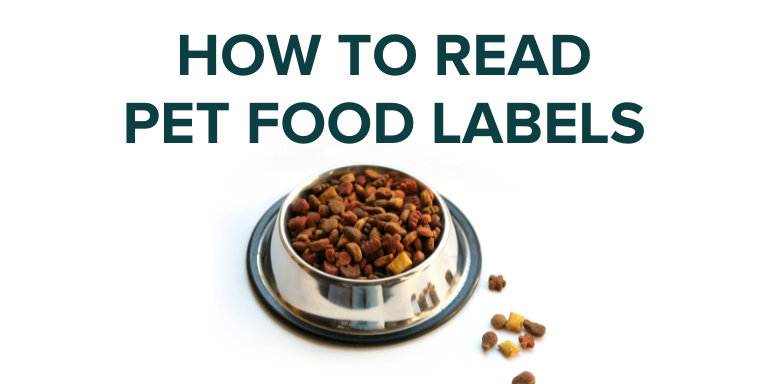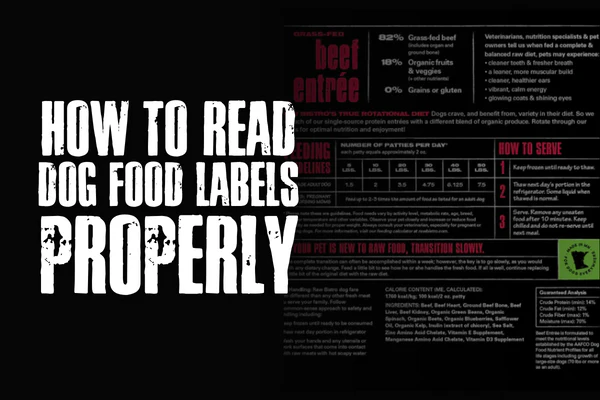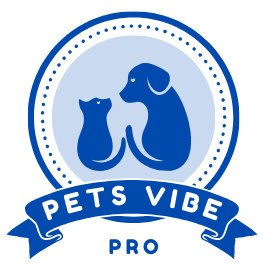Understanding the puppy tab is important to ensure that your pets are good nutritional. With the alternative to the huge puppy food, the labels can be heavy, packed with ads, buzzwords, complex component moldings and regulatory cuts. This guide will help you decode the pet food tab, understand large sentences and choose from the hairy peers.
Regulatory standards for pet food label
Pet Food Labeling is regulated by many governments, including:
- Association of American Feed Control Officers (AAFCO): Establish nutrition requirements and aspect definitions.
- Food and Drug Administration (FDA): Puppy ensures food protection and appropriate labeling.
- United States Department of Agriculture (USDA): Some puppy feeds the production strategy.
- These groups require manufacturers to observe accurate recommendations, but the advertising strategy can still confuse the label.

The main component of a pet food label
Each pet food includes mandatory data that enables customers to understand the dietary price of the product. What to find here:
1. Product Name
The product name gives clues approximately the food’s content. The AAFCO 95% Rule and 25% Rule practice here:
- 95% Rule: If a product is categorized “Chicken for Dogs,” at the least 95% of the meals must be chook.
- 25% Rule: If a product includes terms like “Dinner,” “Entrée,” or “Formula” (e.g., “Chicken Dinner”), it must contain at least 25% of that aspect.
- 3% Rule: If the phrase “with” is used (e.g., “Dog Food with Chicken”), handiest 3% of the element need to be present.
2. Guaranteed Analysis
This phase lists the minimal and maximum possibilities of key vitamins:
- Crude Protein (minimum)
- Crude Fat (minimal)
- Crude Fiber (maximum)
- Moisture (most)
AAFCO affords tips for nutrient adequacy primarily based on the puppy’s existence level (domestic dog/kitten, adult, senior, etc.). However, “crude” measurements don’t indicate digestibility or high-quality.
3. Ingredient List
Ingredients are listed in descending order by way of weight. Key concerns consist of:
- Named Animal Protein: Look for unique sources like “hen” or “salmon” in preference to indistinct terms like “meat meal.”
- Meat Meal vs. By-Products: Meat meals can be high in protein, while throat products may also consist of less appropriate elements.
- Grain-Free vs. Grain-Inclusive: Grain-free diets are famous, however, won’t continually be vital. Some grains provide useful nutrients.
- Filler Ingredients: Watch out for excessive fillers like corn gluten meals and soybean hulls.
4. Nutritional Adequacy Statement
Look for an AAFCO statement indicating whether the meals are “entire and balanced” for a specific existence stage:
“Formulated to fulfill AAFCO nutrient profiles” (nutrient analysis approach)
“Animal feeding assessments the usage of AAFCO procedures” (gold well known for proving nutritional adequacy)
5. Feeding Guidelines
These provide hints on how much to feed based totally on the pet’s weight. However, those are general suggestions and ought to be adjusted primarily based at the puppy’s age, activity level, and health status.
6. Caloric Content
Many labels now include kcal according to cup, can, or kilogram to assist proprietors control portion sizes.
7. Expiration Date and Storage Instructions
Check for a first-class through or use through date to ensure freshness. Proper garage prevents spoilage and nutrient degradation.

Common Marketing Terms and What They Mean
Pet food labels frequently comprise buzzwords that can be misleading. Here’s what they surely imply:
- Natural: No artificial flavors, shades, or preservatives, however still processed.
- Organic: Must meet USDA organic standards.
- Holistic: No prison definition, simply advertising and marketing time.
- Human-Grade: Indicates that ingredients are appropriate for human intake but does not necessarily imply the very last product meets the equal standards.
- Limited Ingredient Diet (LID): Typically formulated for pets with food sensitivities, containing fewer components.
- No Fillers: Often an advertising declaration; all substances technically serve a motive.
How to Compare Wet and Dry Food Labels
- Comparing dry kibble and canned food calls for adjusting for moisture differences:
- Subtract the moisture percentage from one hundred to get the dry count basis.
- Divide the nutrient percentage by the dry rely on to evaluate protein, fats, and fiber fairly.
- For instance, a moist food with 10% protein and 75% moisture has a dry count number protein content of 40%.
Allergic and sensitivity
Some pets suffer from hypersensitive reactions or intolerance. General allergies include:
- Cock
- beef
- Diary
- wheat
- soy
If you have allergic reactions to your pets, you can seek new protein values such as venison, duck or rabbit, and remember a hydrolyzed protein weighing plan under veterinary guidance.
Understand education and preservatives
The preservatives hold the pet food shelf, but some can be logical:
- Natural preservatives: Vitamin E (TOCOFEROLS), Vitamin C (Ascorbic Acid) and Rosemary Extract.
- Artificial preservatives: BHA, BHT and Ethoxyquin, which the owners of some pet side should escape.
Other additives such as probiotics, omega-hell fatty acids and glucosamine can cause fitness signs.
Choose the right food for your pets
Each puppy is special and thinks about choosing the right food:
- Life phase: Puppies/kittens require more protein and fat than older ones.
- Breed size: Combined-help vitamins benefit large breeds, while small breeds can also require small kibble forms.
- Activity level: Active pets require a better calorie diet than sedentary people.
- Health status: Especially diet for pets with kidney disease, diabetes or weight discomfort may be desired for pets.
Conclusion
Reading pet food labels may be daunting, but with a knowledge of key additives—product names, assured analysis, elements, and advertising claims—you could make informed selections. Always seek advice from your veterinarian for personalized dietary recommendations and consider that the best meal for your pet is one which meets their unique dietary wishes while ensuring excellent and protection.



